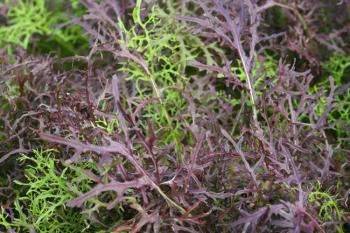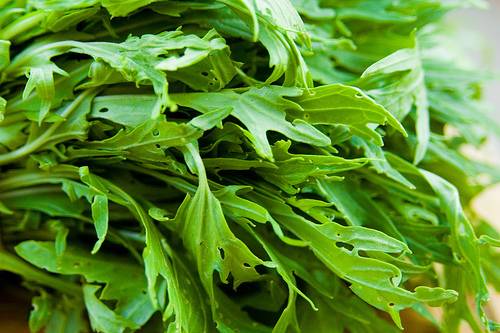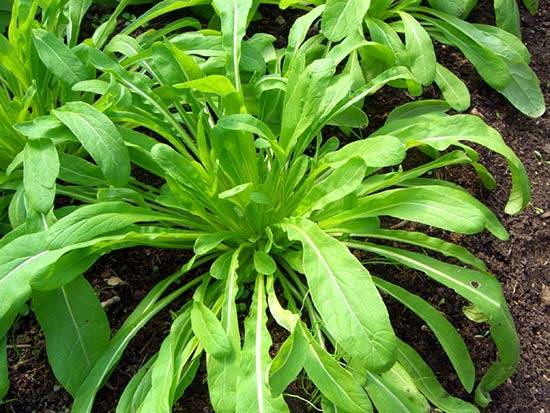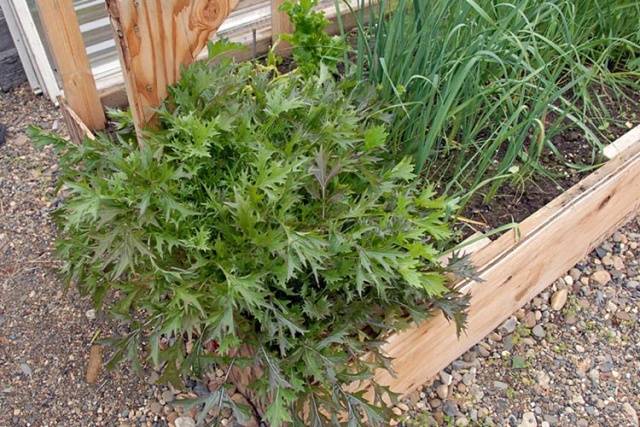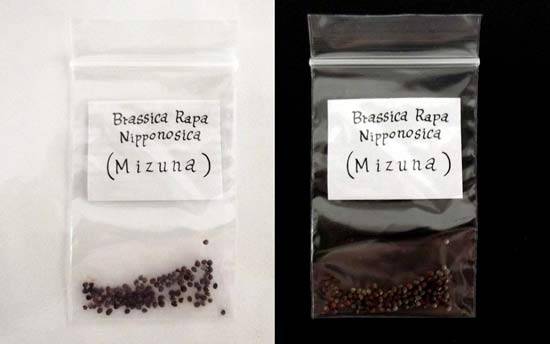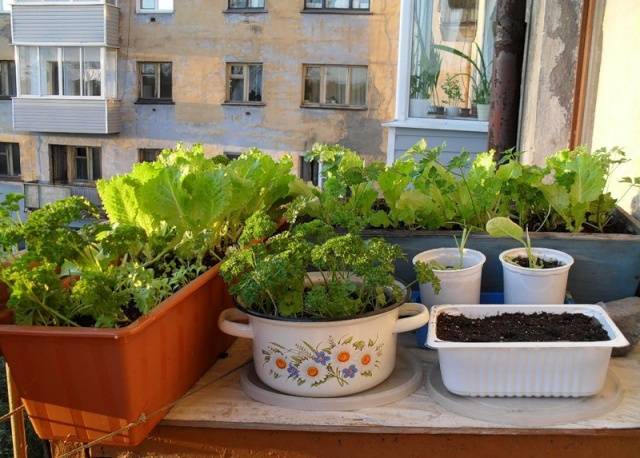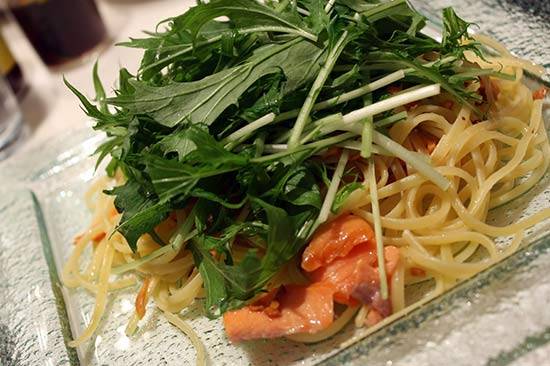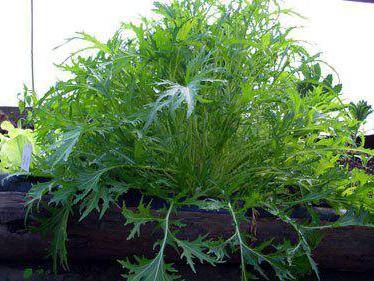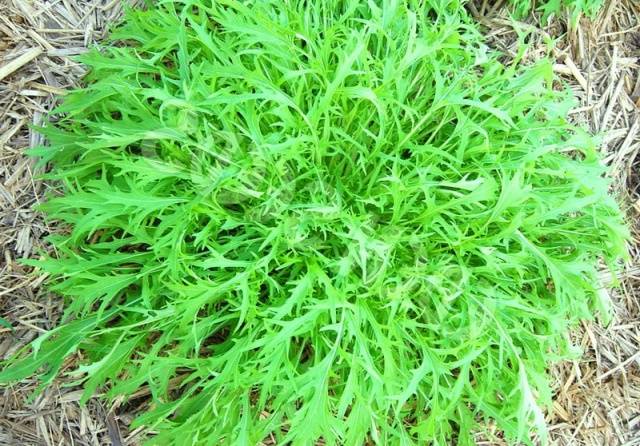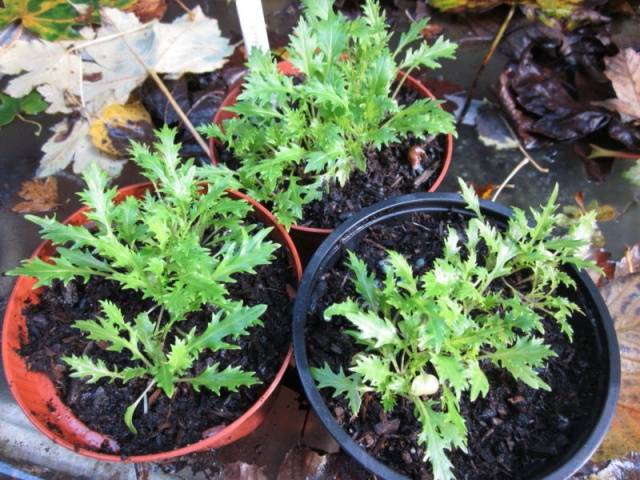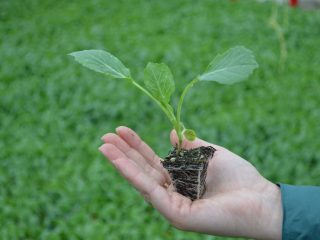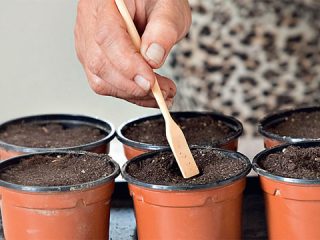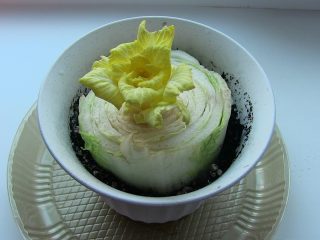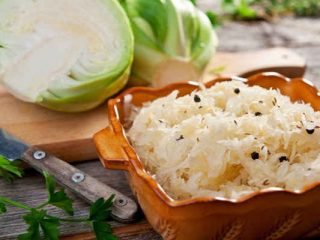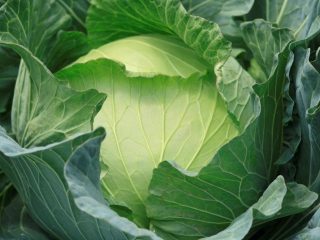Content
In recent years, some gardeners have become interested in growing Japanese kale. There are many types and varieties of this crop, but the main thing is that they are all rich in vitamins and are a delicacy. You can get healthy greens throughout the year, using even an ordinary windowsill.
Mizuna cabbage, originally from Japan, is an unpretentious and productive leaf salad. Beautiful external features allow you to grow salad vegetables in flower beds next to flowers. The characteristics of the plant, methods of cultivation and the intricacies of caring for Japanese cabbage will be discussed in the article.
A little history
Mizuna cabbage comes from Japan. The islanders are big fans of a balanced and healthy diet. Their diet contains a lot of greens. One of the options for green vegetables is Japanese Mizuna cabbage, which the Japanese have been growing since the 16th century.
The salad vegetable is popular due to its chemical composition: with regular consumption, you can forget about some medications. Mizuna cabbage (pictured below) or, as it is also called, Mitsuna, is highly prized, not only in Japan, but also in North America and Western Europe.In Russia, people learned about this healthy vegetable relatively recently, but it already has fans among our compatriots.
Description
If we talk about Japanese cabbage from a botanical point of view, then Mizuna belongs to green pepper salads, to the genus Cabbage of the Cruciferous family. This type of leafy vegetable is still less popular in Russia, although Chinese and Chinese cabbage, its closest relatives, are already loved and appreciated by Russians.
Japanese Mizuna cabbage is used mainly for preparing vitamin salads. The Japanese themselves call the plant a help for the lazy, since it is unpretentious in care. Growing Japanese Mizuna cabbage even on a windowsill is not difficult, you just need to get acquainted with some of the nuances.
Appearance
Japanese cabbage has two varieties:
- Mizuna has entire, long, lance-shaped leaves;
- Mizuna cabbage, which will be discussed in our article, has lacy leaves with a noticeable dissection. When examining the plant at close range, it seems as if someone deliberately cut the leaves with scissors. Just look at the photo, how beautiful it is!
The leaf blades of Japanese cabbage are located on long thin petioles, collected in a lush rosette. During growth, it forms a dense bunch. Depending on the variety of Mizuna cabbage, the leaves can be bright green or reddish-brown. The beauty and unusual shape of leaf blades is valued by landscape designers.
A head of cabbage does not form on Japanese cabbage, despite the name. The main value of the plant is its vitamin-rich leaves, which grow constantly, which allows them to be cut during the entire growing season.
Flowering does not make the plant decorative because the light yellow buds are too small. The seeds of Japanese cabbage are slightly smaller than poppy seeds.
By the end of the growing season, in addition to the mass of leaves, cabbage will produce a small edible root vegetable about 15 cm long. It is similar in taste and shape to rutabaga.
Characteristics
Japanese Mizuna cabbage is an early ripening plant; you can cut off the leaves within a month or a month and a half after sowing the seeds (depending on the variety).
The salad vegetable is frost-resistant; seeds can germinate at -2-3 degrees. And cabbage itself can withstand slight frosts in the autumn without much damage. This characteristic makes it possible to cultivate in many Russian regions and grow the plant in gardens from May to September.
The Japanese vegetable is a short-day plant; this is important to know for those who decide to grow it. Experienced gardeners advise shading cabbage plantings in the afternoon to avoid the formation of shoots.
Application
Mizuna is prized for its mild and spicy flavor. Many lovers compare it with the taste of mustard, radish or arugula. It is recommended to eat Japanese cabbage in early spring to avoid vitamin deficiency. The leaves are used both fresh, adding to all kinds of salads (with meat, vegetables, fish and fruits) and sandwiches (with cheese and feta cheese), and for preparing soups, stews, and marinades.
Storage
Fresh leaves of Japanese Mizuna cabbage do not last long, as do salads made from them. If you have harvested Japanese cabbage and want to keep it longer, do not remove the root. In addition, cabbage can be prepared for the winter to diversify the diet.
Varieties of Japanese cabbage
The State Register of the Russian Federation recommends for cultivation two registered varieties of kale from Japan - Mermaid and Dude. Let's look at them in more detail:
Mermaid
Rusalochka is a mid-season variety; technical maturity occurs 60-70 days from the moment the seeds are sowed for seedlings. Due to its heat resistance and frost resistance, growing Mizuna cabbage of this variety is possible in open and protected ground conditions.
The rosette is slightly raised, up to 60 carved leaves are formed on it, the height of which is about 41 cm. The bunch is up to 70 cm in diameter. This fact must be taken into account when planting cabbage seedlings.
The weight of one socket is from 1000 to 1500 grams. As a rule, with proper care, up to 6.5 kg of vitamin salad is collected per square meter. The purpose of the Mizuna cabbage variety Mermaid is universal.
The Mermaid variety stands out for its green lacy leaves. They may be smooth or slightly wrinkled. The taste of the leaves and white petiole is excellent.
Dude
Japanese cabbage of the Pigeon variety is an ultra-early salad variety intended for fresh consumption. Technical ripeness occurs after 30 days.
The variety has a horizontal rosette with strongly dissected leaves. The plant is less productive (up to 4 kg per square meter), the weight of the rosette is approximately 450 grams.
In addition to the above varieties, stores also offer seeds of the Mizuna Green and Mizuna Red varieties (the foliage has an anthracite tint).
Collard greens from Japan and China at their summer cottage:
Beneficial features
In Russia, Japanese cabbage is considered a salad. The vegetable is sold in stores; many Russians willingly buy it because of the large amount of useful substances.
Mizuna varieties contain:
- ascorbic acid;
- carotene;
- vitamins B1, B2, PP;
- biologically active potassium, calcium, phosphorus, iron;
- cellulose.
Considering the content of useful micro- and macroelements, the salad vegetable is rightfully considered medicinal. The Japanese have appreciated this quality since ancient times.
What are the benefits of Mizuna cabbage:
- strengthens the immune system;
- reduces the risk of cancer (doctors recommend the vegetable to people with cancer);
- improves intestinal activity and regulates water metabolism and metabolism in the body;
- normalizes cholesterol, removes salts and toxins;
- strengthens blood vessels, prevents the formation of plaques.
Doctors recommend eating Japanese leaf lettuce in spring and autumn to avoid vitamin deficiency. Cabbage is useful for people with heart disease and anemia.
No side effects as such were found for the vegetable, because it has been known in Japanese cuisine for a long time. The only caveat is individual intolerance.
Features of agricultural technology
Japanese Mizuna cabbage is an unpretentious frost-resistant plant. The culture is favorable to drained, light, fertile soils with an alkaline pH of 6.5–7.2.
Can be grown in a sunny place with slight shade. The best predecessors are legumes, peppers, beets, and tomatoes.
Useful tips
Gardeners involved in the crop note that agrotechnical standards correspond to Chinese cabbage. We think that our tips will be a great help for beginners:
- Leafy vegetables are planted early in seedlings or by directly sowing seeds in the ground. Gardeners choose the time in each region depending on climatic conditions, but this is usually April - May. For a continuous flow of greens, sow seeds two weeks apart throughout the summer.
- Plant small seeds of Mizuna cabbage just 0.5 cm at a distance of 5-10 cm, so that as they grow, you can pull the plants for salads. The distance between plants to obtain a good harvest should be within 20-25 cm. Row spacing should be at least 30 cm.
- Seeds germinate well at a temperature of 14-20 degrees. The first shoots appear after a week. If the seeds are sown in open ground, then you need to stretch the film on top. It is removed when the first shoots appear.
- While vegetables are growing, you need to monitor soil moisture, since overdrying can cause bolting.
Care
Caring for Mizuna lettuce plantings is not difficult for experienced gardeners, because the agricultural technology is similar to growing Chinese cabbage. But for beginners who are getting into Japanese leafy vegetables for the first time, you need to carefully read the article and make notes for yourself:
- With the appearance of the first shoots, you need to monitor the condition of the soil. There is no need to overdry it, but excessive watering is also harmful. To ensure that the plants have enough moisture for a long time, they water not only at the roots, but also on the surface between the bushes. Then the plantings are mulched. It is not recommended to water Mizuna cabbage over the leaves, as they will begin to rot.
- The second point is weeding. Weeds can cause vegetable damage by pests.
- Since sowing and planting are done in a dense manner, the plants need to be broken through so that there is at least 20-25 cm between the bushes.
- In order for the green mass of Japanese Mizuna cabbage to grow or recover faster after cutting, fertilizing is carried out after 15 days. Wood ash is considered the best fertilizer and protection against pests. It is used both in dry form, for powdering, and in the form of an aqueous solution for root feeding. Nitrogen-containing fertilizers are not used to feed Mizuna cabbage.
- Since the Japanese leaf vegetable is a short-day plant, it must be covered in the afternoon.
- The leaves are cut off completely, leaving only short cuttings close to the root. The green mass grows quickly.
- If the variety is not a hybrid, then you can collect the seeds.
Green bed on the window
If you are a fan of the Japanese leaf vegetable Mizuna variety, in the fall, before frost sets in, you can dig up the bushes and replant them in flower pots. At first they are kept on the veranda, and when it gets colder, they are moved into the apartment.A small greenhouse with vitamins will appear on the window, but in addition, this is a successful decorative element.
Pests of Japanese cabbage
As we have already said, the Japanese leaf vegetable Mizuna belongs to the Cruciferous family. Therefore, it can be damaged by the following insects:
- aphid;
- cruciferous flea beetle;
- slugs;
- bear
Chemicals are never used to control pests on Japanese Mizuna cabbage, since the vegetable accumulates all the toxins in the leaves. What should gardeners do? The answer is simple: all pests, except the mole cricket, do not tolerate wood ash and tobacco dust. There is no need to wait for an insect invasion. Preventative measures are the best weapon.
Tobacco dust is sprayed on the leaves and surfaces around the plants or combined with water in a ratio of 1:10. Wood ash can also be used dry or diluted in water and sprayed on cabbage plantings.
In stores there are products consisting of natural ingredients, without chemical additives. If ash and tobacco did not help cope with the problem, then store-bought products are used. You need to set special traps for mole crickets.
Conclusion
Japanese Mizuna cabbage, rich in vitamins, is highly valued among greenery lovers. It is not for nothing that there are a large number of Japanese dishes in which this vegetable plays the leading violin. To conclude the article, we present one of the most common recipes:
Japanese cabbage
According to the recipe we will need:
- lettuce leaves;
- boiled eggs - 2 pieces;
- pear - 1 piece;
- nectarine – 1 piece;
- hard cheese (for example, Poshekhonsky) - a small piece;
- fresh lemon juice – 1 teaspoon;
- vinegar and olive oil - to taste.
The leaves are torn into small pieces, the cheese, pear, nectarine and eggs are cut into cubes. Combine the ingredients in a salad bowl and add lemon juice, vinegar and oil. Vitamin salad is ready.
If you want to provide your family with a healthy vegetable, grow it in your garden. If you don’t have a plot of land, find a place for the Japanese leafy vegetable Mizuna on a balcony or window. It's growing beautifully!
